
We're pleased to announce the launch of the new online version of the Art History minor! Students pursuing the Art History minor now have the option of completing it through in person classes, a mix of in person and online, or wholly online. The new online version of the minor is one of only 8 fully online minors offered, and the only fine arts undergraduate degree currently offered from UOnline. The slate of courses created for the Art History online minor have an expanded global and interdisciplinary bent, and welcome students of all majors from across campus. Of particular interest is our re-envisioned and re-designed ARTH 2500: Introduction to the History of Art and Visual Culture, which was created with contributions from all 7 art history faculty. Several gen ed categories are covered in the minor as well (FF, HF, IR, DV). Below are the courses that constitute the online minor.
Offered this fall:
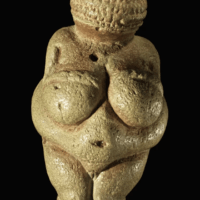
ARTH 1010: Masterpieces of World Art (FF)
A basic introduction to major works of art and architecture from around the globe. Individual works are examined for their value in communicating ideas of different cultures throughout the history of civilization. Students study paintings, sculptures, ceramics, and other art forms by analyzing their artistic principles and meaning. Students also learn how works of art come to be considered masterpieces.

ARTH 2500: Introduction to the History of Art and Visual Culture (HF)
This course introduces the discipline of art history through a variety of cultural and geographic perspectives. Rather than offering a comprehensive narrative that attempts to document centuries of artistic production, we instead focus on key histories, sites, and objects that allow us to explore significant themes and concepts that have challenged cultures over time. We will explore defining issues such as the respective roles of tradition and innovation in the production and appreciation of art; the relation of art and visual culture to its broader intellectual and historical contexts; the role of display and exchange in creating meaning in art; and the changing concepts of the artist, style, and art itself.
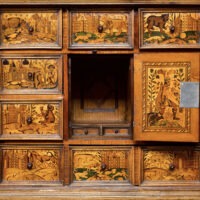
ARTH 3280: Artful Science: The Visual Culture of Knowledge in Early Modern Europe, 1500-1800
In the early modern cabinet of wonders, objects, and devices drawn from intersecting realms of art, science, and technology offered a new model of learning, one founded in the embodied acquisition of knowledge. This course explores how such collections gave impetus to the development of experimental science and related forms of multi-sensory inquiry in Europe, ca. 1500-1800. Through a series of focused case studies, we will examine the rich interplay between making, collecting, perceiving, and knowing that developed around early modern artworks, artifacts, scientific instruments, and technological devices.
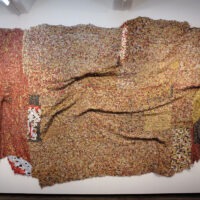
ARTH 3430: Global Contemporary Art
This course explores the issues and history of global contemporary art from 1970 to the present. We will discuss the major artistic movements, aesthetic theories and critical debates of art in the late 20th and early 21st centuries to gain a better understanding of the diversity of contemporary visual practices in a globalized art world.
Will be offered Spring '24:
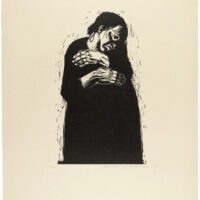
ARTH 3010: Art and Conflict (IR)
This course examines the longstanding relationship works of art have had to globally relevant political, social and cultural conflicts. Through a series of focused case studies, the course will expose students to how artworks have produced, responded to and negotiated conflict in a variety of historical moments and cultural contexts. Students will develop a comparative and transnational approach to addressing issues of pressing social concern by examining artistic production in a wide range of media.
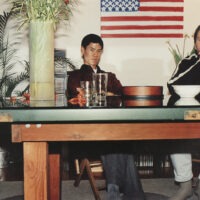
ARTH 3070: Asian American Art (DV)
The course focuses on the intersections of art, displacement, and diaspora through the lens of American visual culture. Accordingly, this course takes the historical and current experience of Asian Americans as a framework to visualize and analyze artistic creativity and media representation within the context of a specific racial and ethnic minority group in the United States. By studying fine art, commercial images, documentary photography, the built environment, and popular media, our goal is to critique the potential of images to create bias as well as to question power structures of race, class, and gender. Topics include Chinatowns and Japanese interment camps as sites of art making, and modern and contemporary artists of the Asian American diaspora.
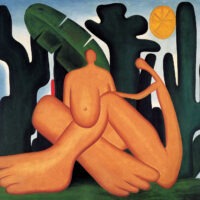
ARTH 3520: Topics in Brazilian Art
This class will investigate Brazilian artistic production from the 1600s to the present. The course is oriented around the role of different institutions such as the church, slavery, the art academy, the state, and museums/galleries in the construction of a national identity within Brazilian Art.
Will be offered '24-'25:
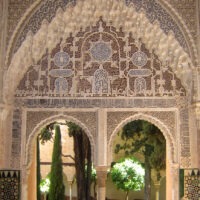
ARTH 3150: Medieval Art: Europe and the Islamic World
This course introduces the visual and material culture of Byzantium, Western Europe, and the Islamic world, roughly covering the years between 500–1500. During this time, the rise and expansion of Christian and Islamic polities prompted discourse between diverse communities. How did medieval artists, patrons, and viewers negotiate issues of difference, plurality, power, and faith? How did they articulate their identity and place within global networks? Of special concern are dynamic histories of cross-cultural exchange, as made visible through commerce and diplomacy, the reuse of materials, and reinterpretation of forms. The course is organized into thematic modules and includes case studies in architecture as well as artistic media such as textiles, metalworks, precious gems and enamels, sculpture, and manuscripts.
Banner images: Mogao Cave 254: Mahasattva Jataka; Eleanor Vase; The Abduction of Helen from a set of The Story of Troy; Emperor Jahangir Embraces Shah Abbas, Abu'l Hasan; Raft of the 'Medusa', Théodore Géricault; Demoiselles d'Avignon, Pablo Picasso; The Jungle, Wifredo Lam; Book From the Sky, Xu Bing; The Red Mean: Self Portrait, Jaune Quick-to-See Smith.